 The Expansion of Saffron Cultivation in Iran
The Expansion of Saffron Cultivation in Iran
Iran leads the world in saffron cultivation, producing 90% of the globe’s saffron. The remaining 10% comes from other countries, which depend heavily on Iranian saffron. Many of these countries export bulk saffron to Spain, the UAE, and Hong Kong, where it undergoes processing and packaging before reaching markets worldwide. Consequently, Iran maintains its dominant position in the global saffron market.
Despite the limited domestic consumption, Iran’s leadership in saffron production and trade remains unquestionable. As a result, the country plays a critical role in the international saffron market.
Key Facts about Saffron Cultivation in Iran
According to official statistics from 2020, Iran cultivates saffron on 125,000 hectares, yielding 500 tons of dried saffron annually. Most of this saffron is exported, marking Iran as the world’s largest producer. The average yield per hectare ranges from 15 to 20 kilograms, ensuring the economic sustainability of saffron farming in the country. This impressive output is possible due to Iran’s fertile soil, modern farming techniques, and expert advice. Moreover, the diverse climates and rich soil across Iran provide ideal conditions for saffron cultivation, reinforcing the country’s role as a global leader in saffron farming.
Main Saffron-Producing Provinces in Iran
Several provinces are crucial to Iran’s saffron industry. For instance, Khorasan Razavi, Khorasan South, and Khorasan North contribute 90% of the country’s saffron. Specifically, Khorasan Razavi is the largest producer, cultivating 85,000 hectares, while Khorasan South farms saffron across 15,000 hectares. Similarly, Kerman (1,600 hectares) and Isfahan (1,300 hectares) also make significant contributions to Iran’s saffron supply. In addition, several cities like Golpayegan, Natanz, Shahinshahr, and Tiran are well-known for their saffron production.
Other Key Regions for Saffron Cultivation
In addition to the primary saffron-producing provinces, other areas such as Hamadan and Qazvin also play important roles. Hamadan, which historically has been a center for saffron farming, contributes 270 hectares of saffron. The fertile soil and favorable climate in the region support high-quality saffron production. Similarly, Qazvin, with 80 hectares dedicated to saffron, further supports Iran’s vast saffron market.
Continuous Expansion of Saffron Farming
Saffron farming is spreading across more regions of Iran, with cultivation areas continuing to grow. This expansion, fueled by modern agricultural techniques and expert knowledge, ensures that Iran remains at the forefront of saffron production. The combination of favorable weather conditions, high-quality land, and growing expertise guarantees that saffron farming in Iran will remain sustainable and profitable in the years to come.
In conclusion, saffron cultivation in Iran plays a key role in the country’s economy. By embracing modern farming practices, Iran continues to dominate global saffron production, meeting the increasing global demand.
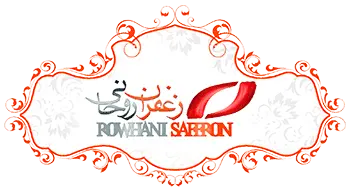

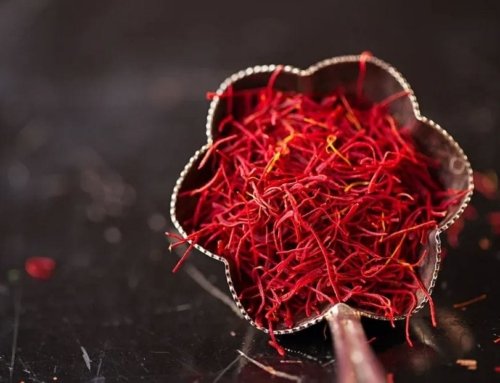
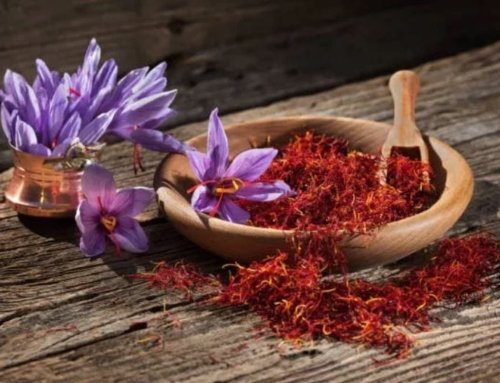
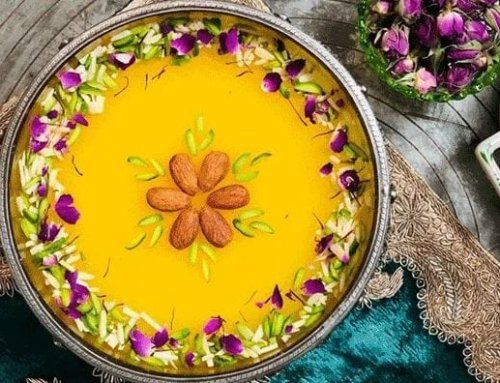
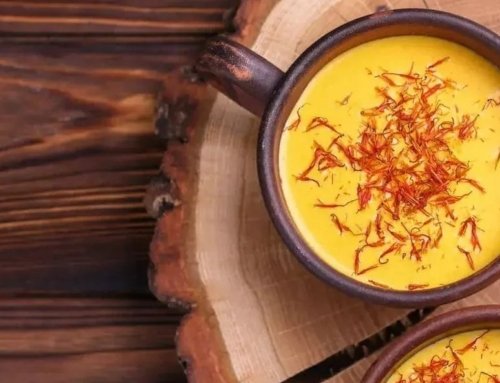

Get Social